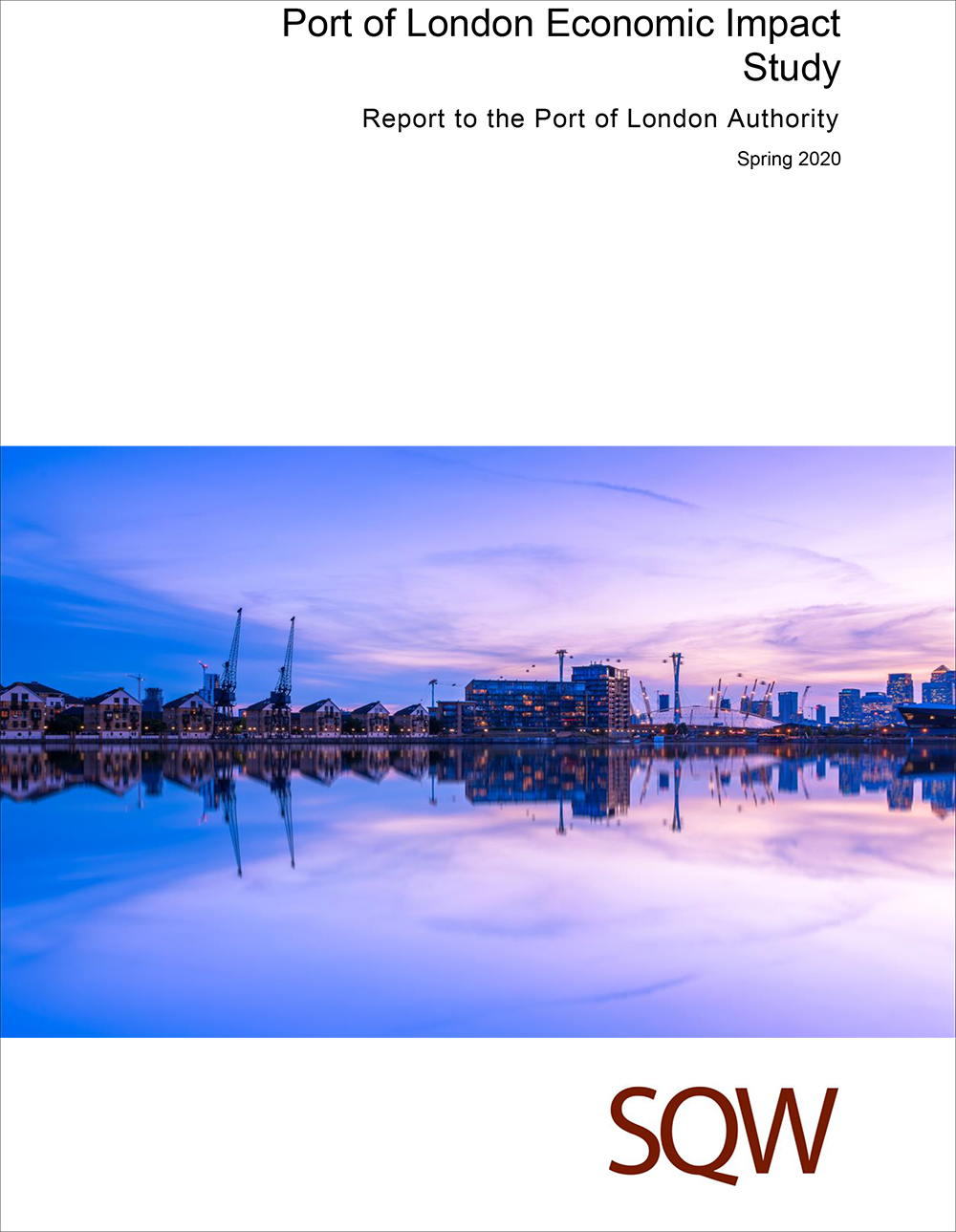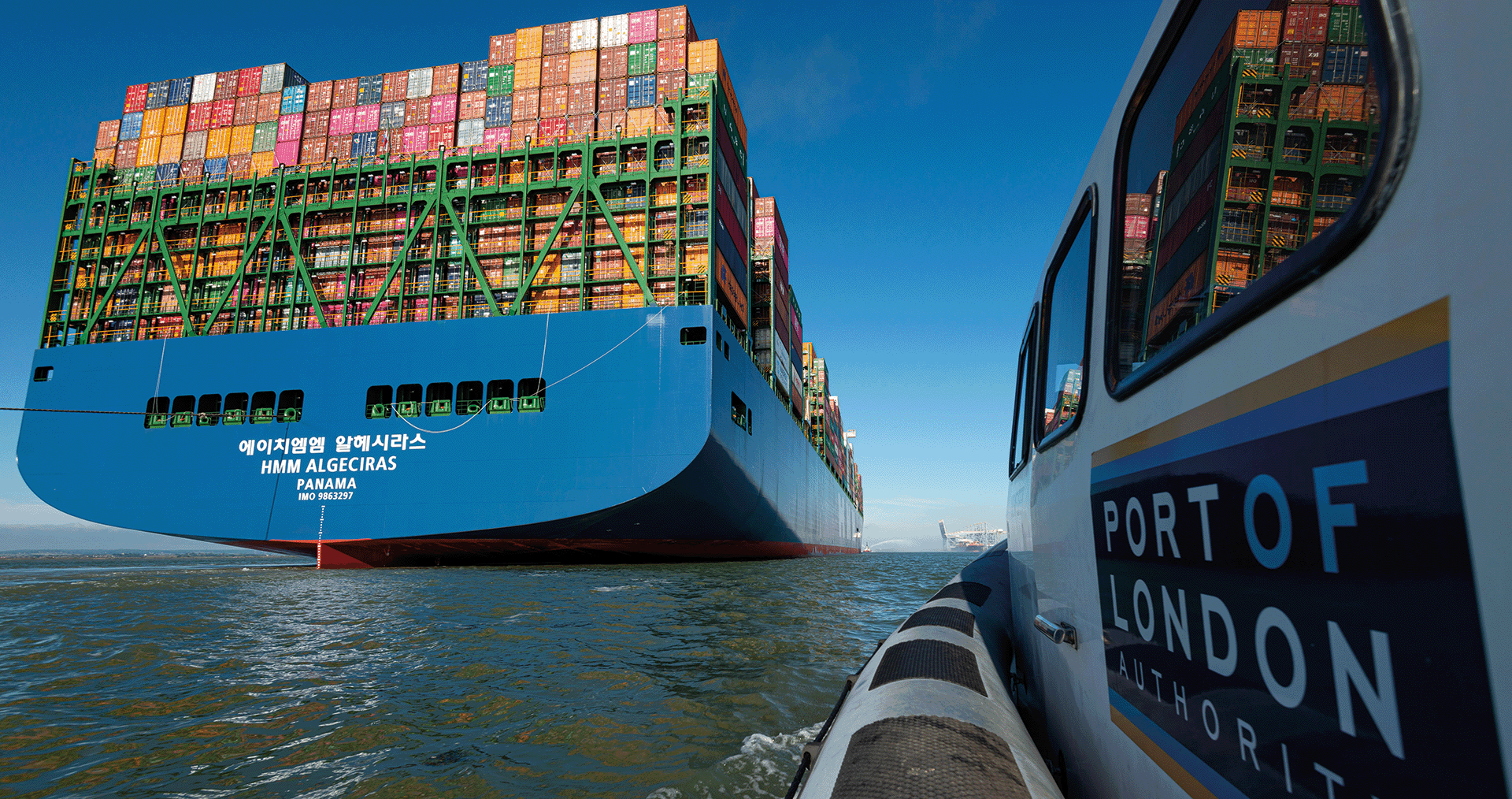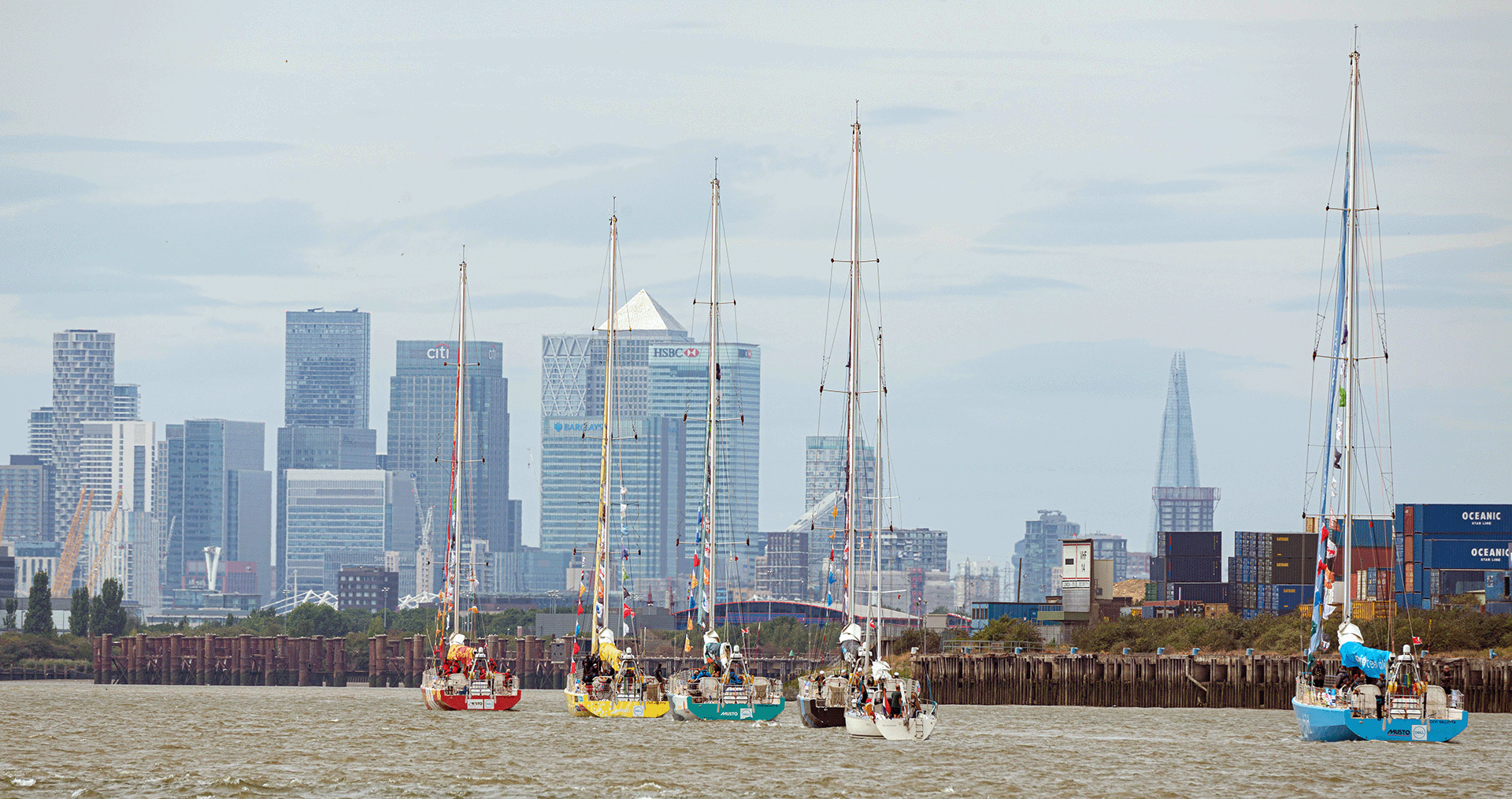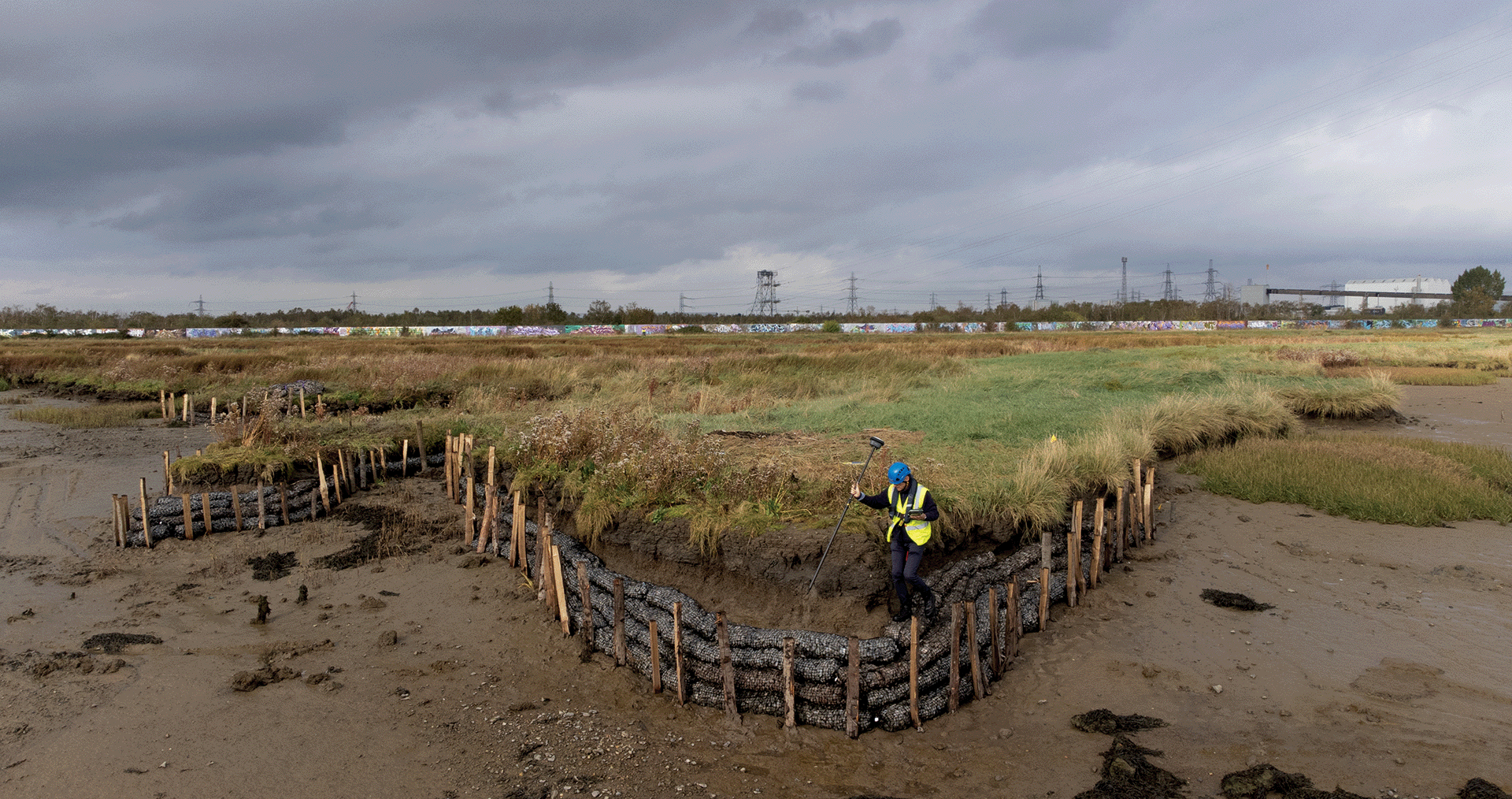Live Tides
NOTICES TO MARINERS
Charts & Surveys

Incident reporting
Life-threatening emergencies on the river:
Call 999 and ask for the Coastguard
For near miss, safety observations and incident reporting click below
The Port of London Authority appointed SQW in February 2020 to estimate the direct and indirect economic impact of port activities across defined geographic areas and identify trends. This provides an update on progress in the delivery of the Thames Vision 2035, our collaborative plan for sustainable growth in use of the Thames, which was launched in 2015 alongside a similar study. The study estimates a total direct and indirect impact of around 48,000 FTEs and a GVA contribution of £4.5bn, offering a snapshot of activity just prior to the onset and economic effects of the Covid-19 pandemic in the UK. It provides a focus for our efforts with stakeholders, to be reflected in a refreshed Thames Vision, to sustain this activity as part of the economic recovery and move beyond it to a sustainable future.
The Port of London is one of the largest ports in the UK, handling 54 million tonnes of freight in 2019 and growing 20% over the past five years compared to an overall 3% fall in the freight tonnage handled by all UK major ports. Reflecting its status as a major port, London deals with freight traffic from around the world, with EU freight traffic particularly prominent. In addition, there are also significant volumes of passengers who use the Thames, with around 10 million journeys made per year.
This study estimates that the London port sector directly employs almost 31,500 FTEs and generates a direct GVA of around £3.2bn. When wider impacts, such as supply chain activity and the spending of wages, are included it is estimated that around 48,000 FTEs and £4.5bn of GVA are dependent on the London port sector. These figures demonstrate the scale of the port sector and the important role it plays in the economies of London, Essex and Kent. The total employment and GVA impacts of the port sector are presented in the table below.
The port sector includes a variety of occupations. Overall, roughly half of all roles are office based, although this disguises significant variation between port sector businesses. In general, the workforce is less diverse than the area average, although again this varies by category of business. Some respondents commented on the difficulty in recruiting individuals with specific skills and were also concerned about an ageing workforce.
Looking forwards, a third of the businesses surveyed had a formal plan to reach net zero emissions. Businesses identified the lack of suitable technology and the cost of switching to more carbon efficient technologies as the two major barriers to reaching net zero emissions.
Port sector businesses interviewed were generally optimistic about the future, with 72% anticipating growth over the next five years and almost £950m of investment planned over this period.
Covid-19 poses a significant risk to this investment and the broader health of port sector businesses. The short-term reaction to Covid-19 will be important in shaping the future of the Port of London, as will medium and long-term responses to decarbonisation and the post-Brexit trading relationship with the EU.

Explore the Thames Vision 2050
The Thames Vision is built around three interconnected themes, centred on the role the river plays for people and the environment.
The No. 1 Net Zero UK commercial hub
The country’s largest and most competitive port, closest to the UK’s biggest market, producing Net Zero emissions. Improved connectivity to road and rail infrastructure. Technologically innovative, expanding the transportation of light freight into central London as urban logistics transform.
A place to live, visit, play and enjoy

Accessible to all, a national and international icon for the city and the country. More visitors, drawn to the river as the best way to enjoy London and the Thames Estuary, and its many cultural attractions. More people from diverse backgrounds enjoying sport and leisure opportunities on the Thames.
Clear air, water and land

A clean river, free of sewage, waste and other pollution, supporting greater biodiversity and recreational use. Valued for its clean air, natural flood defence, wildlife and as a carbon sink.
Discover



